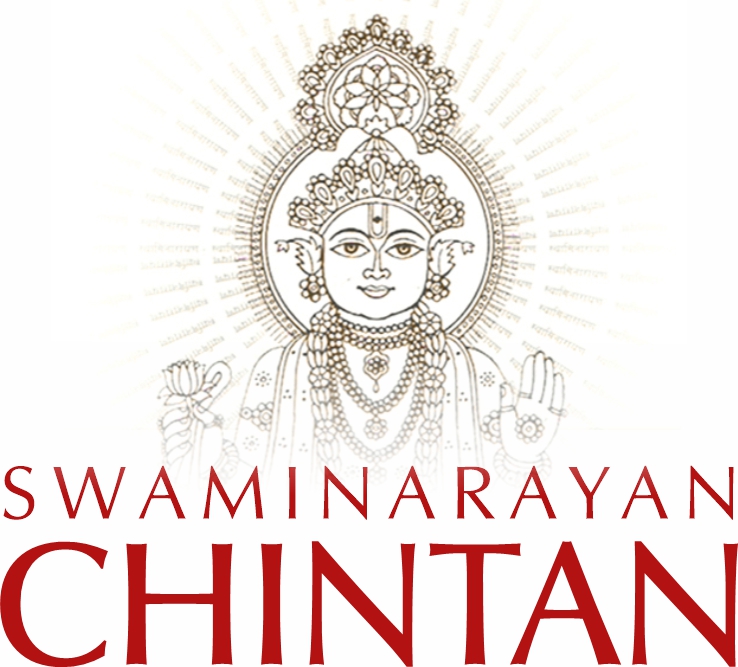If someone performs penance, can we consider him a saint?
Hiranyakasipu, Ravan, Bhasmasur performed severe penance that cannot even be performed by saintly souls.
Let us say, if Ravan, Hiranyakasipu, and Bhasmasur hide their names and sit in an assembly of saints along with other true saints, and if we happen to hear the severe penance they went through, do we believe them as true saints or fake saints? It is going to be very difficult to consider them as fake saints and to differentiate them from a true saint.
In the real world too, true saints and fake saints sit in the same assembly of saints.
Saintliness is beyond spiritual practice. If we are intense in spiritual practices, we may not necessarily be saintly. The practice of saintliness is beyond the practice of spirituality.
Hiranyakasipu was so involved in performing his penance that a colony of ants constructed an anthill on top of him, yet he was undisturbed and continued his uninterrupted meditation on Lord Brahma.
Valmiki Rushi’s birth name was Valio. In Sanskrit, Valmik means an anthill. Valio performed such an intense penance on the Lord that eventually ants built an anthill on top of him, yet he was undisturbed in his meditation on the Lord which brought the name Valmiki.
Why was Hiranyakasipu not called Valmiki even though an anthill was created on top of him? Why was he not given the name Valmiki?
In terms of dedication in performing penance, Hiranyakashipu was considered stronger as Lord Brahma was so pleased with his meditation that he came down to Hiranyakashipu, destroyed the anthill, and offered him whatever he wanted. This did not happen to Valmiki Rushi.
Then, can’t we say Hiranyakashipu is better than Valmiki Rushi? And can’t we say Hiranyakashipu is a saint?
Hiranyakashipu’s performed spiritual practices with immense dedication, yet he cannot be called a saint. In fact, he could nowhere be compared to a saint.
The practice of saintliness is different from the practice of spirituality. The truth is the practice of saintliness comes after the practice of spirituality.
If a person does Chandrayan-vrat, it proves that he is a Tapasvi—a person capable of performing penance. But it doesn’t prove him to be a saint.
If a person is good at spiritual practices, it doesn’t make him a saint. Achieving higher positions doesn’t make him into a saint either. The key is, what is he trying to do after achieving higher positions?
Bhasmasur performed intense penance by eating bhasma (ashes) as his only food for life.
Lord Shankarji got pleased with Bhasmasur’s penance, approached him, and said, “I am very happy with your penance. Ask for a boon and it will be granted.”
Basmasur replied, “Thank you, Maharaj. Here is my wish: When I hold my hand on someone, instantly they should be burnt to ashes.”
“So be it,” replied Lord Shankarji.
Then, without any further delay, Basmasur said, “Now, I would like you to give me Parvatiji. If not, I will have to hold my hand on you to turn you into ashes.”
See how hard his penance was. And, after being successful in penance, see his desires.
After reaching higher stages, what are our needs? What are we searching for? What is our burning desire?
Saintliness doesn’t depend on our hard spiritual practices. After hard spiritual practices, what is our desire? How much is our desire for name, fame, greatness, and respect? And how much is our desire to satisfy Bhagwan?
References:
- Chosathpadi Katha Part 11 (Pad 10, 11).

